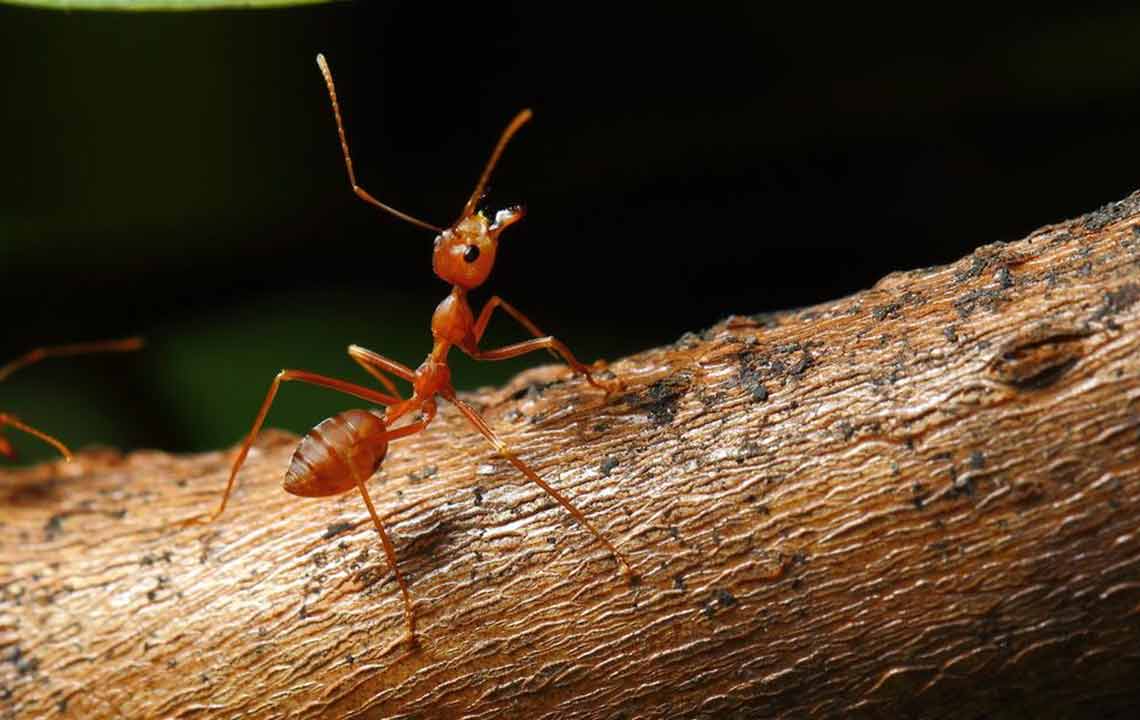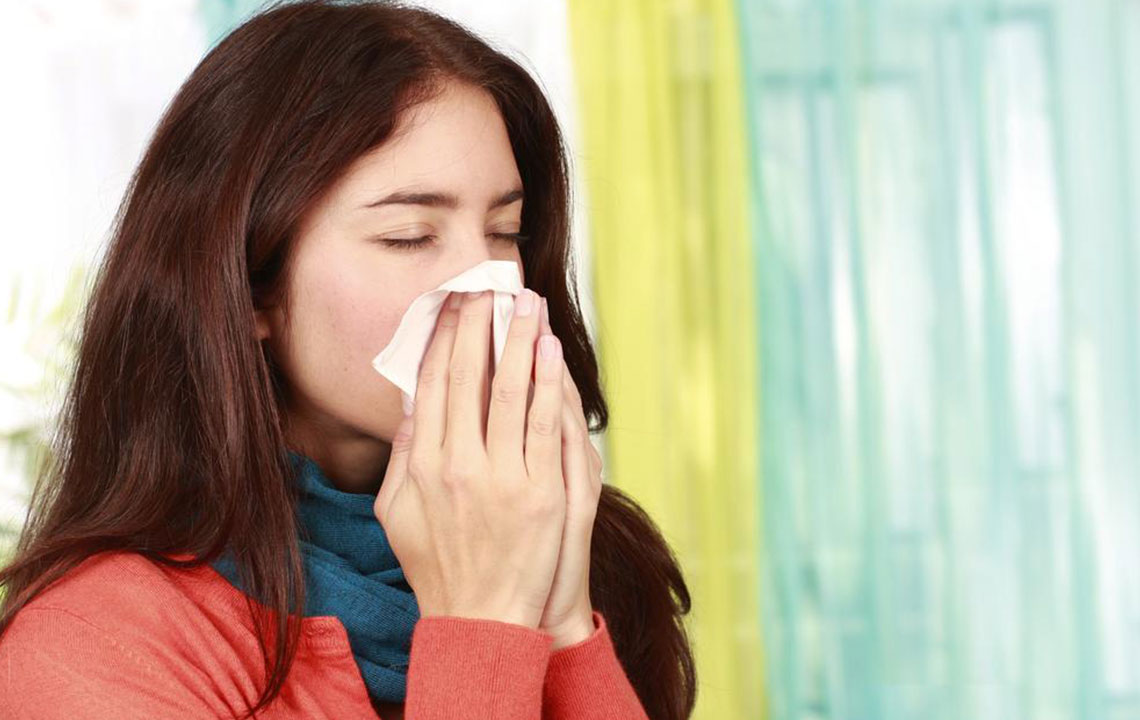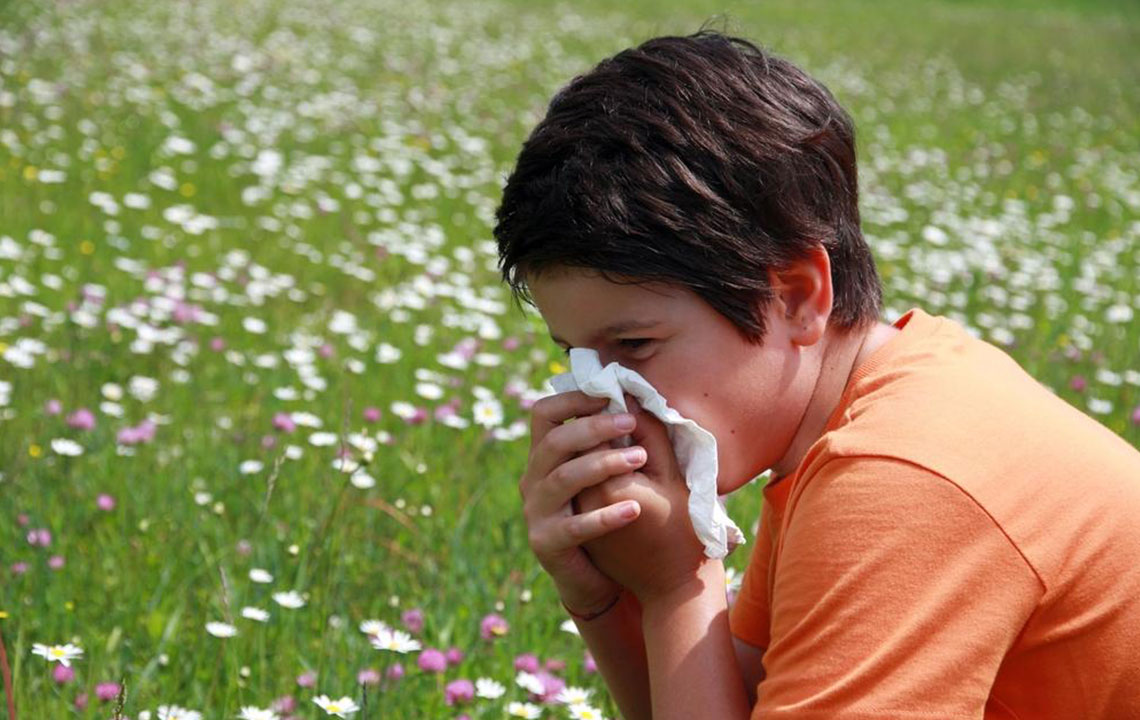Comprehensive Guide to Effectively Treating Fire Ant Bites and Preventing Complications
This comprehensive guide offers detailed strategies for treating fire ant bites, emphasizing prompt first aid, home remedies, signs of allergic reactions, and preventive tips to ensure safety during outdoor activities. Understanding how to respond effectively can alleviate pain, prevent infections, and avoid severe health complications from fire ant stings.

Effective Strategies for Treating Fire Ant Bites
Fire ant bites are a common nuisance that can cause significant discomfort and, in some cases, serious allergic reactions. These tiny but aggressive insects tend to attack when disturbed, making outdoor activities risky if you’re in infested areas. Understanding how to properly address and treat fire ant stings is essential for minimizing pain, avoiding infections, and preventing serious health issues. This comprehensive guide provides detailed information on recognizing symptoms, immediate first aid measures, home remedies, and when to seek medical attention for fire ant bites.
Understanding Fire Ant Bites and Their Impact
Fire ants are notorious for their painful stings and aggressive behavior. When their nests are disturbed, they swarm and latch onto the skin, delivering multiple stings that inject venom. The venom may cause localized pain, swelling, and itching. For some individuals, especially those with allergies, fire ant stings can trigger life-threatening reactions such as anaphylaxis, requiring immediate emergency care.
How to Recognize and Respond to Fire Ant Bites
Identification: Fire ant bites typically present as small, pustular bumps or blisters that are intensely itchy and can swell over time.
Timing: Immediate pain and burning sensation occur right after the sting, followed by swelling and itching within minutes.
Allergy symptoms: Hives, nausea, difficulty breathing, swelling of lips or throat, dizziness, or loss of consciousness signal a severe allergic reaction and require urgent medical attention.
Preventive measures: Avoid stepping near fire ant colonies, and be cautious while gardening or outdoor activities in infested areas.
Immediate First Aid for Fire Ant Bites
When bitten by fire ants, prompt action can significantly reduce symptoms and prevent complications. Follow these essential first aid steps:
Remain calm and gently move away from the area to avoid further stings.
Use a gentle brush or cloth to carefully remove ants from your skin—slapping or squeezing can worsen the bite or cause additional venom injection.
Cleansing: Wash the affected area thoroughly with soap and clean water to remove venom and dirt, reducing the risk of infection.
Elevate: Keep the bitten limb elevated above heart level to minimize swelling.
Cold Compress: Apply an ice pack or cold cloth to the area for at least 10 minutes to numb pain and reduce swelling.
Medications: Take antihistamines to control itching and inflammation. Applying over-the-counter hydrocortisone cream can further alleviate discomfort.
Avoid popping blisters: Do not puncture or break blisters to prevent infection.
Monitoring and Recognizing Serious Reactions
While most fire ant bites are minor and resolve with home care, some individuals may experience allergic reactions requiring emergency treatment. Watch for signs such as:
Widespread hives or swelling
Difficulty breathing or swallowing
Persistent dizziness or fainting
Severe swelling of the face, lips, or throat
If any of these symptoms occur, seek immediate medical attention. Carrying emergency medications like epinephrine auto-injectors and antihistamines is recommended for individuals with known allergies.
Home Remedies to Soothe Fire Ant Bite Discomfort
In addition to first aid, several home remedies can help alleviate pain and reduce swelling:
Disinfect: Rinse the bite area with rubbing alcohol to kill bacteria and prevent infection.
Meat Tenderizer: Applying meat tenderizer powder can help neutralize venom enzymes and reduce pain—leave it on for 15-20 minutes.
Elevate the Limb: Keep the affected limb elevated to minimize swelling and promote faster healing.
Sanitizers: Use hand sanitizer generously on bites to disinfect the area and soothe itching.
Baking Soda Paste: Mix baking soda with water to form a paste and apply to the bite to reduce itching and inflammation.
Vinegar or Apple Cider Vinegar: Applying vinegar can help neutralize venom and provide relief from itching.
Cold Packs: Intermittently applying cold packs or ice reduces pain and swelling effectively.
Ammonia Rinse: Rinsing the bite area with ammonia after cleaning can help prevent infection and promote healing.
When to Seek Medical Attention
If symptoms worsen or signs of infection develop—such as pus, increased redness, or spreading swelling—consult a healthcare professional promptly. For severe allergic reactions or if you experience difficulty breathing, call emergency services immediately.
Tips for Preventing Fire Ant Bites
Prevention is always better than cure. To avoid fire ant bites, follow these safety tips:
Avoid disturbing fire ant mounds, especially during peak seasons.
Wear protective clothing such as long sleeves, pants, and closed-toe shoes when working outdoors.
Use insect repellents containing DEET in areas known for fire ant activity.
Be cautious around outdoor furniture or debris where fire ants may nest.
Keep your yard clean and free of trash, wood piles, or debris that can harbor ant colonies.
Fire ant stings, while irritating and painful, can be effectively managed with prompt, appropriate care. Recognizing symptoms early, administering proper first aid, and seeking medical attention for severe reactions ensure safety and comfort. Regular preventive measures can reduce the risk of encounters with these aggressive insects, making outdoor activities safer and more enjoyable.





